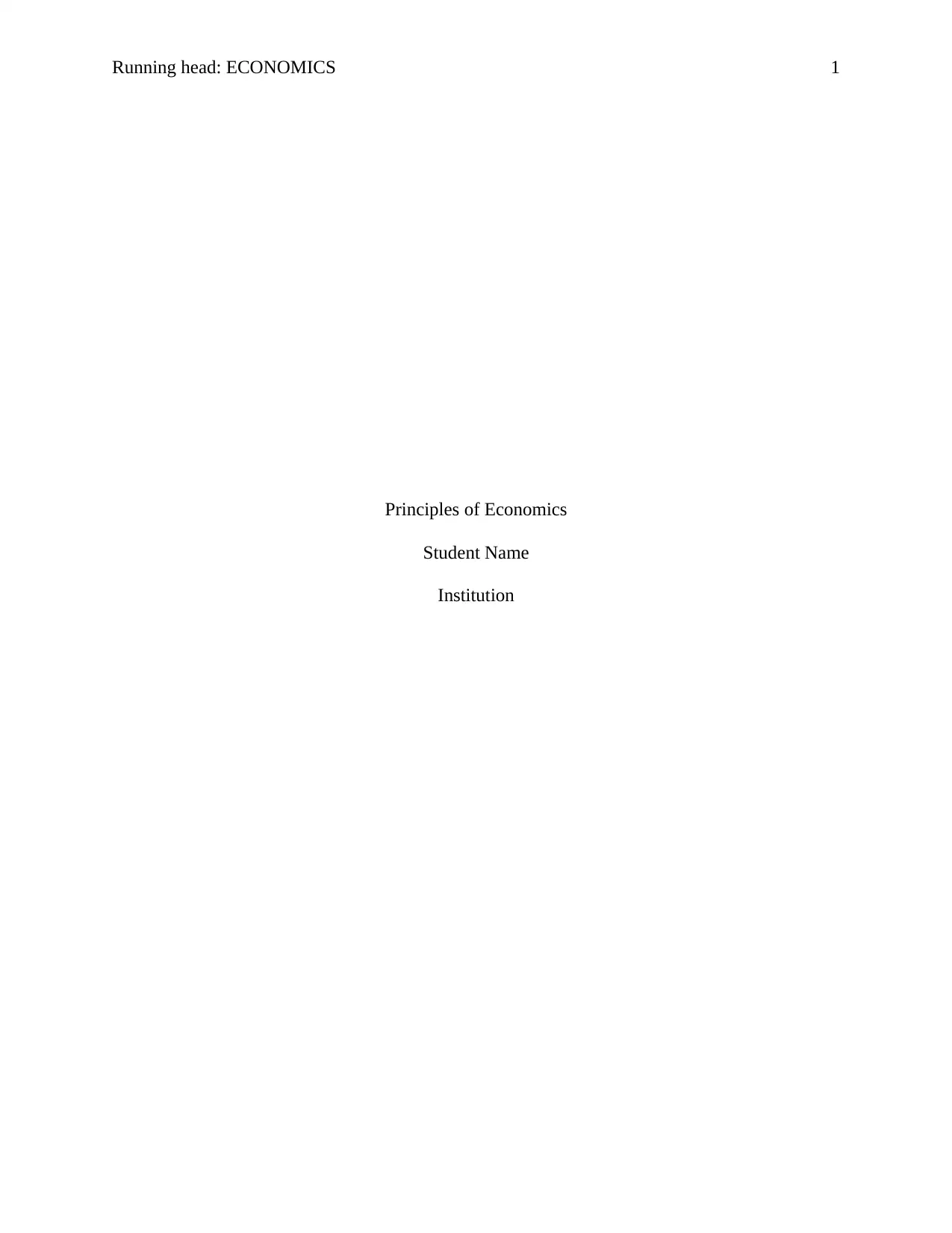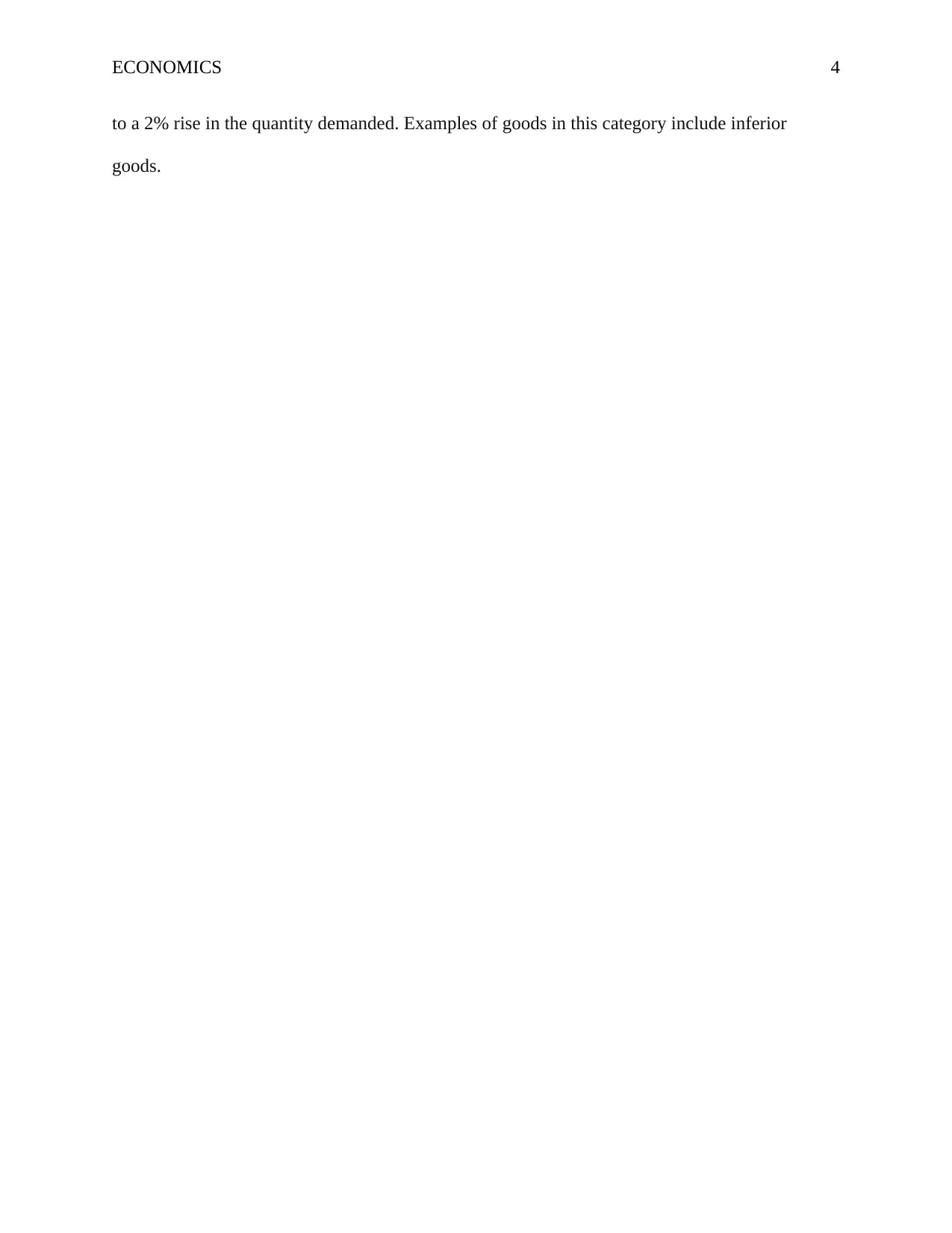Principles of Economics: Demand, Supply, and Elasticity Analysis
VerifiedAdded on 2022/09/30
|5
|736
|15
Homework Assignment
AI Summary
This economics assignment analyzes the relationship between demand and supply, determining the equilibrium price and quantity in the gasoline market. The assignment explores how changes in price affect the quantity demanded and supplied, identifying scenarios of surplus and shortage. Furthermore, the assignment delves into the concept of income elasticity of demand, examining how changes in consumer income influence the consumption of goods and services. It provides examples of income elastic, unit elastic, and income inelastic products, explaining the relationships between income and demand. The assignment uses a provided table to draw demand and supply schedules and analyze the market dynamics. The provided solution is a student submission to Desklib, a platform offering AI-powered study tools and resources for students.
1 out of 5












![[object Object]](/_next/static/media/star-bottom.7253800d.svg)